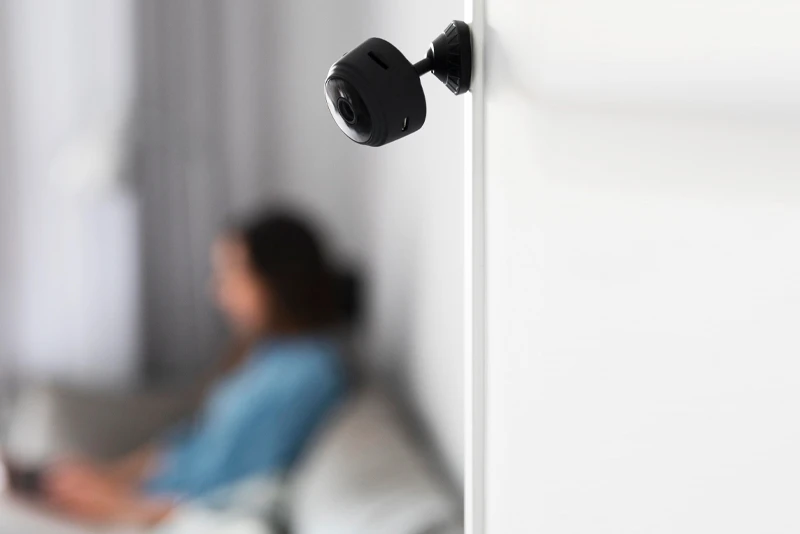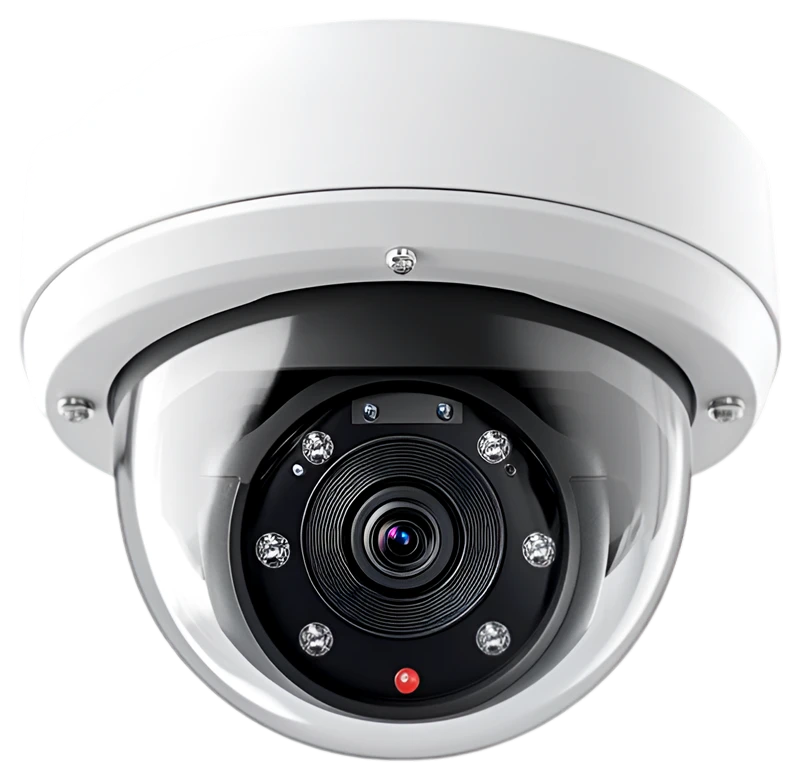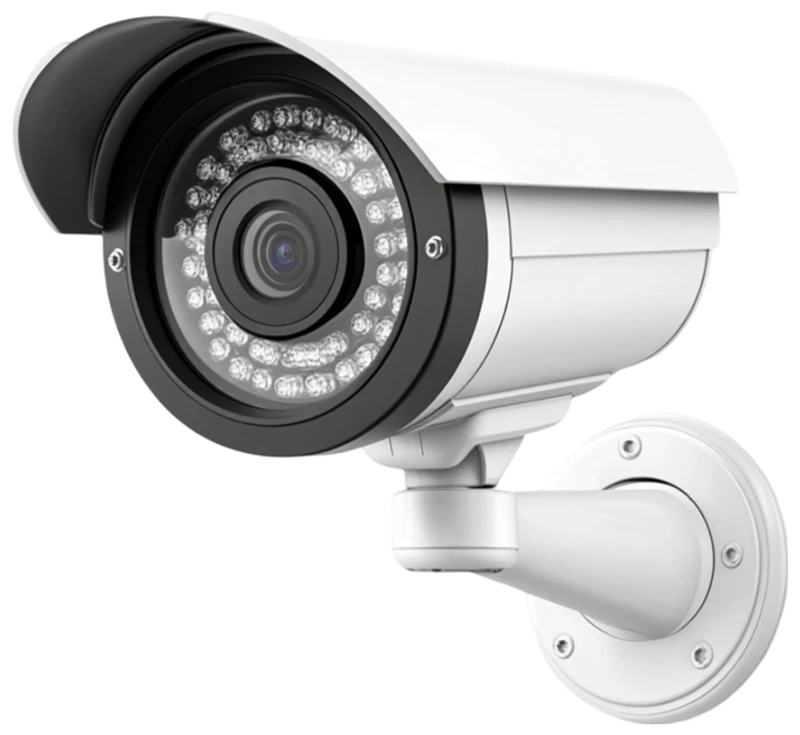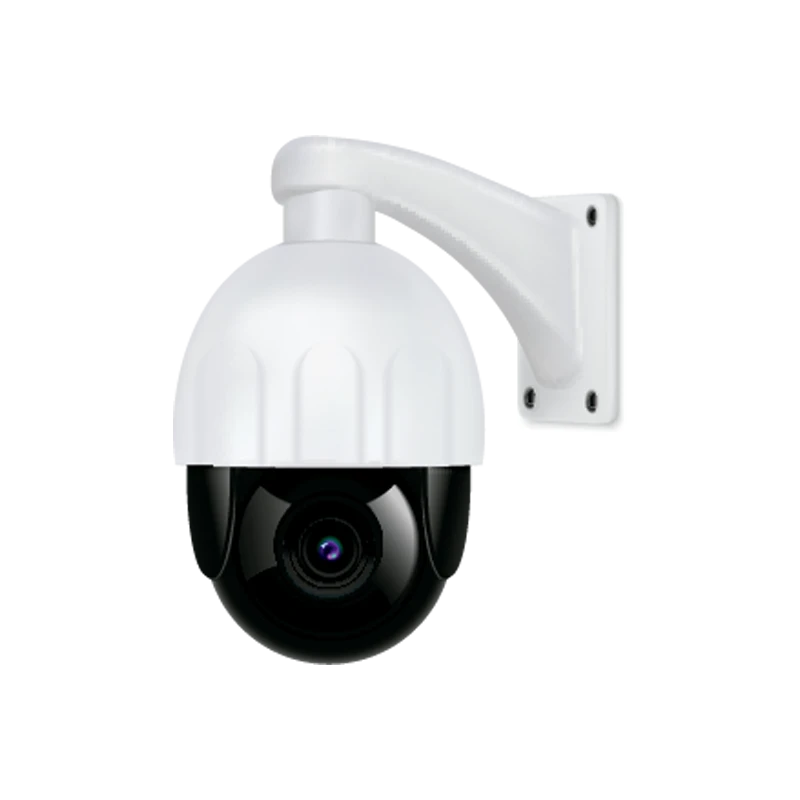IP cameras
IP security cameras
At Buhocam, we work with the latest IP camera technology, a modern, efficient, and affordable solution for protecting your home, business, or property from anywhere in the world.
IP (Internet Protocol) cameras revolutionize surveillance by transmitting video and audio over data networks, far outperforming traditional analog systems. They offer superior quality with 4K/5MP/HD resolutions for crystal-clear images, real-time remote access from any device (smartphone, tablet, or PC), and flexible installation via Wi-Fi, Ethernet cable (PoE), or 4G connection. They also incorporate smart technology such as advanced person/vehicle detection (to minimize false alarms), automatic motion tracking (on PTZ models), and even facial recognition on premium models. An all-in-one solution for modern security.

Types of IP cameras and their applications

Dome Camera (dome type)
Ideal for interiors and high-traffic areas, such as shops, offices, or reception areas. Their discreet, vandal-resistant design makes them difficult to tamper with. They include:

Bullet Camera (pellet type)
Perfect for monitoring outdoor areas, parking lots, or perimeters. Its elongated, durable construction offers:

PTZ camera (Pan-Tilt-Zoom)
The best option for active surveillance in large areas, such as warehouses or parking lots. They allow:


